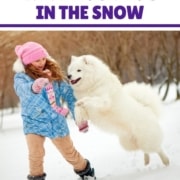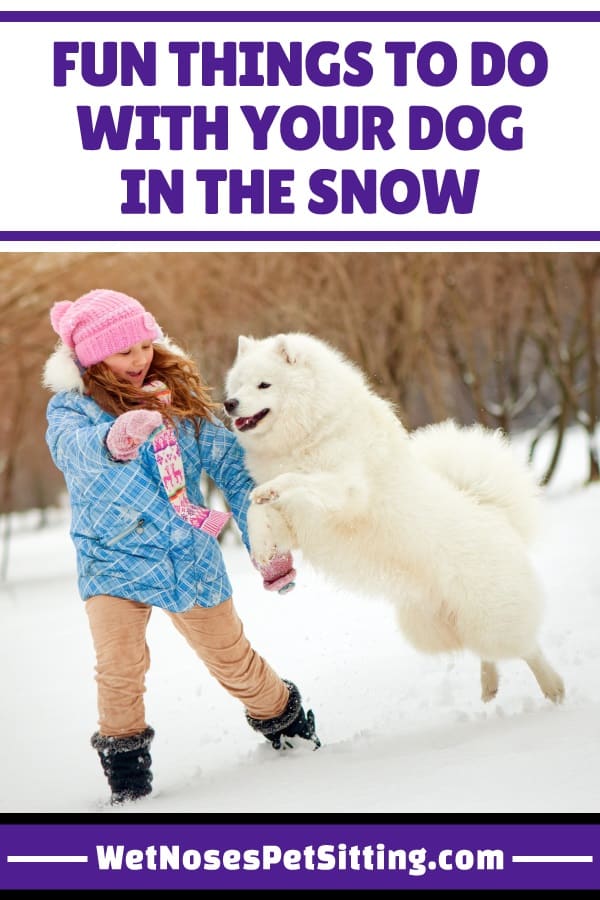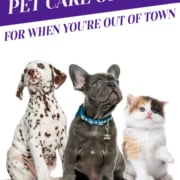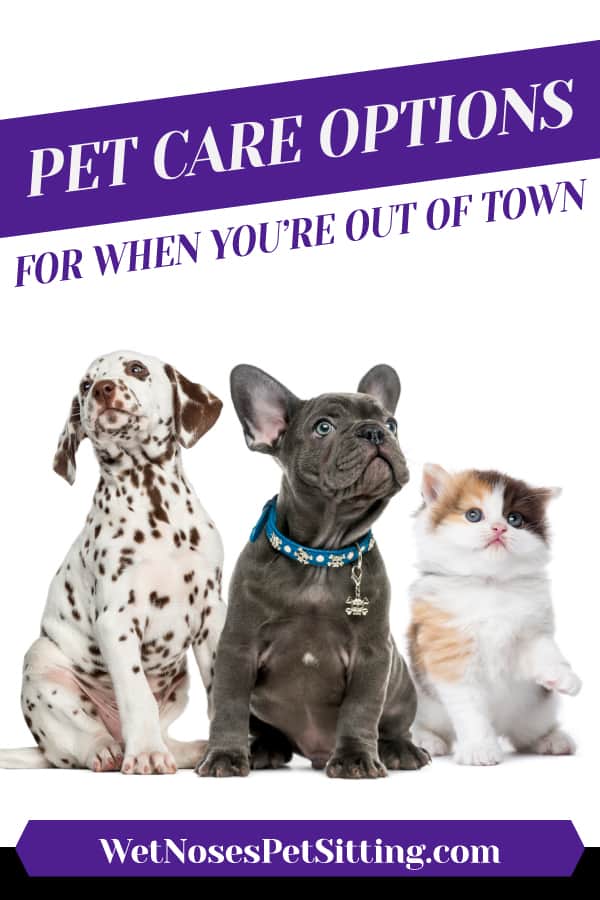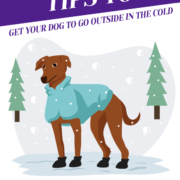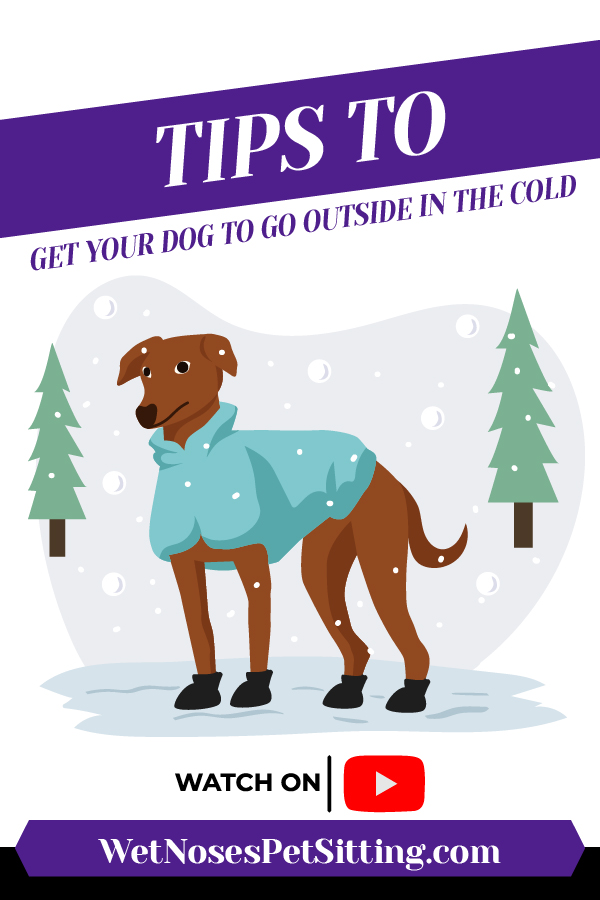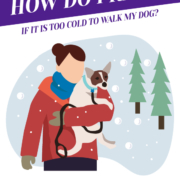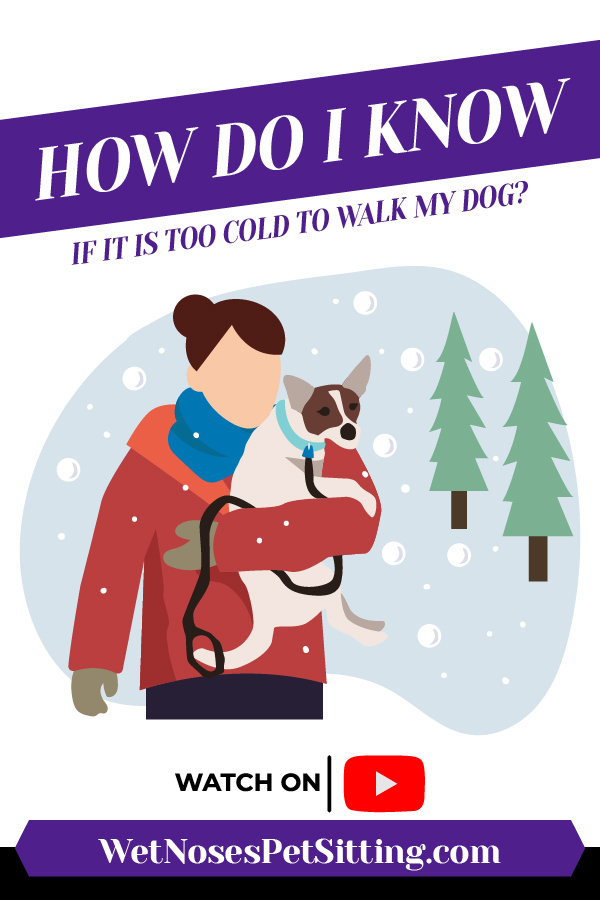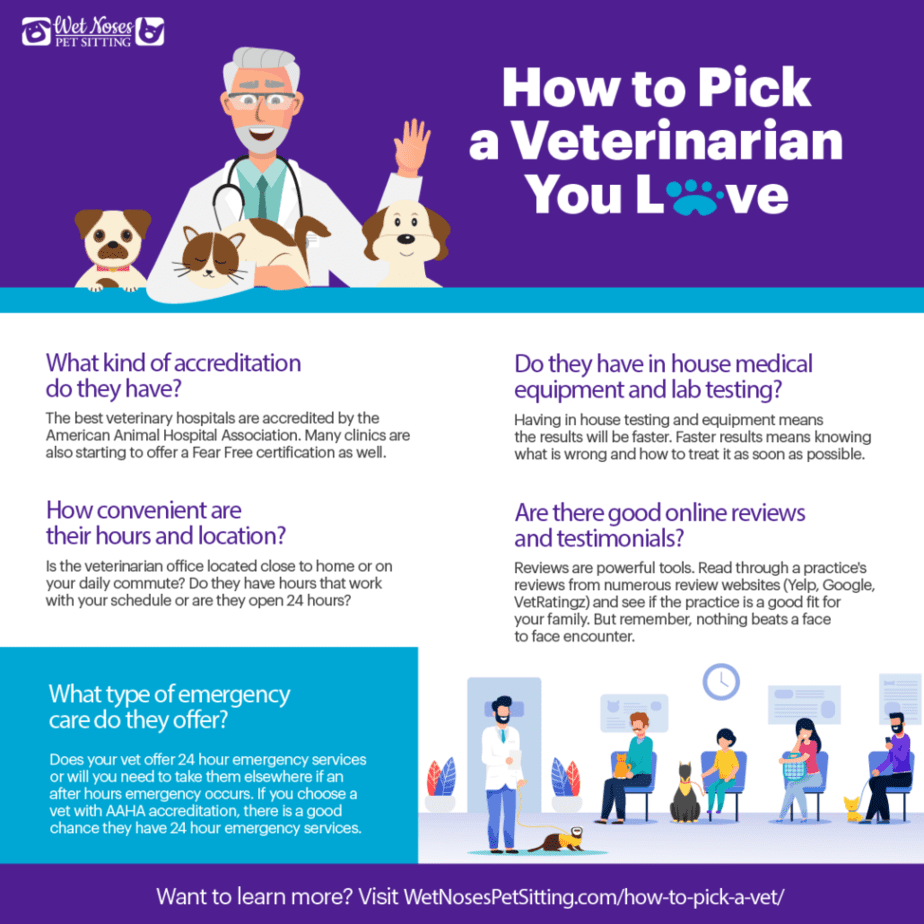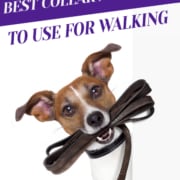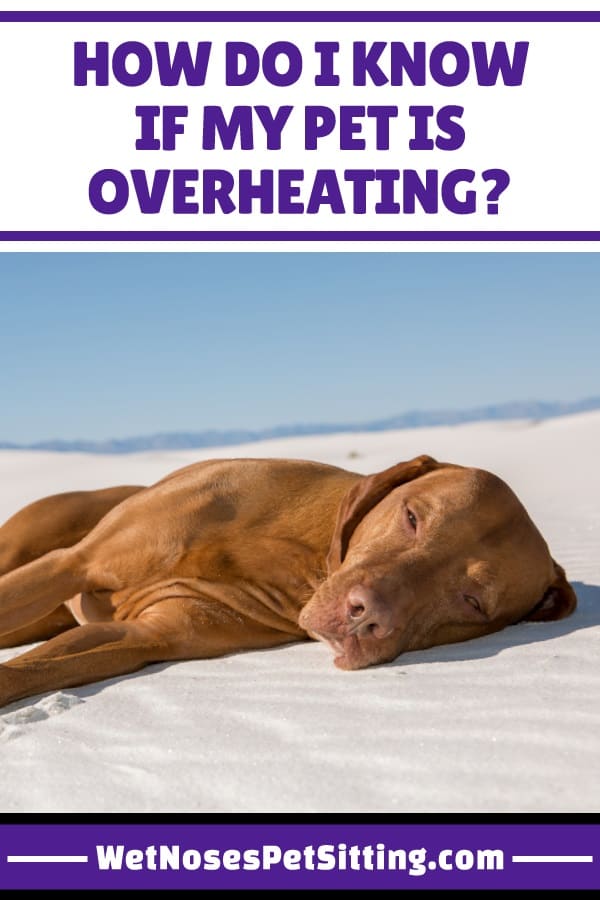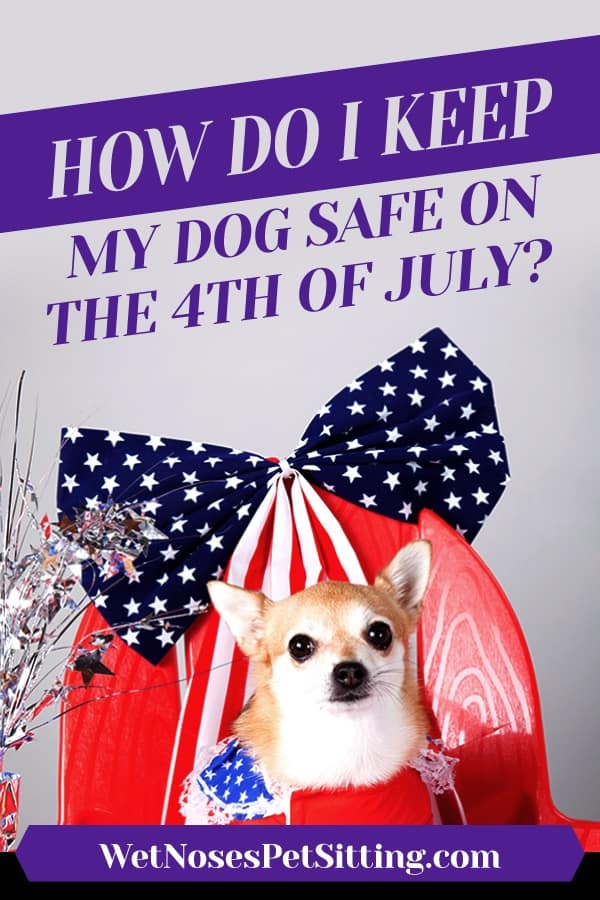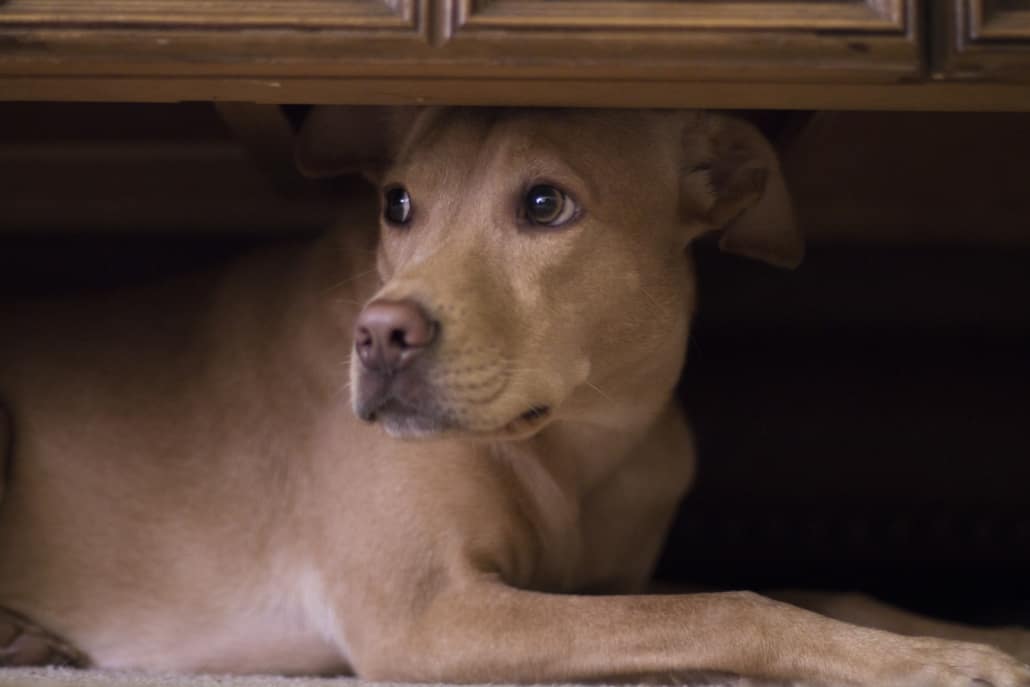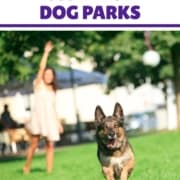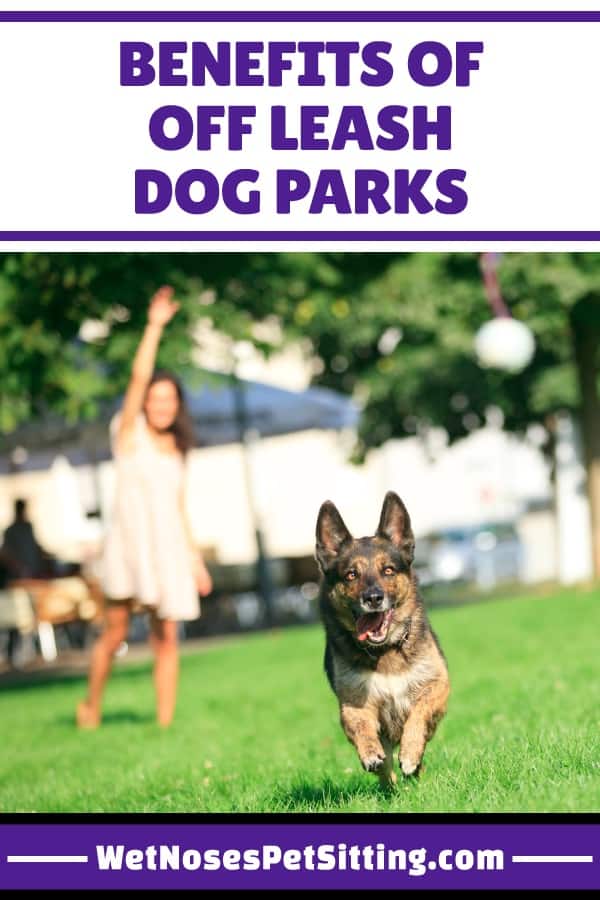Fun Things to Do with Your Dog in the Snow
It may seem like winter weather has to limit you and your dog’s activities, but there are lots of fun activities for you and Fido when it’s snowing. Many dogs love playing in the snow so here are some activities to try.
 Snowball Fights
Snowball Fights
Snowballs are a dog’s dream! They are edible balls that can be chased and caught. After a fresh snow, go outside with you dog and start throwing snowballs. Many dogs will try and catch them in their mouth, while others will simply chase the snowball. You can also try throwing a tennis ball or another brightly colored ball around the snow. Be sure to keep an eye on your ball or it will get lost in the snow.
Search and Rescue
We have all heard about the amazing dogs that find and rescue people after avalanches, your dog can do (almost) the same thing. Start by burying your dog’s favorite toy or treats in the snow. The first few times let your dog watch you bury the object so that he gets the idea. Do not bury the toy too deep, just so it is barely covered by the snow. Then let your dog loose to find the the toy or treats. When your dog catches on to the game, bury the objects a little deeper in the snow.
Snowshoeing
When there is a lot of snow on the ground, snowshoeing with your dog is a fun activity for both of you. Leash your dog up and hit the trails. I would recommend using a long leash (if in an open area) so that your dog is free to bound ahead or explore a bit more. Keep your eyes peeled for any wildlife or other hazards to your dog.
Sledding
There are many forms of sledding you can do with your dog. There is of course what we think of as dog sledding, seven dogs tied to a sled running through Alaska, and the more relaxed version you can do at home. For the less serious version of dog sledding find a small, lightweight sled and a harness for your dog. Attach a leash to the harness and the leash to the sled. Most dogs will not move on their own so I would bait your dog with food or get him to follow you. You can leave the sled empty or put a light child or object in the sled.
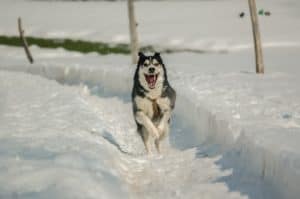
While winter is a great time to curl up next to the fireplace with your dog, it is also a fun time to get outside. Be sure to take proper precautions while playing outside. Do not stay outside for extended periods of time when it is very cold and keep your dog hydrated.

